When reading what follows, keep in mind that you are always allowed to select one of the wires (nodes) and designate it as \$0\:\text{V}\$ (or ground.) That is your prerogative. In my work below, I've chosen to make b the same as ground.
1
Just redraw the first circuit:

simulate this circuit – Schematic created using CircuitLab
Now it is completely obvious how it is that \$R_1\$ and \$R_2\$ can be taken in-parallel and Thevenized that way into \$\frac{R_1\: R_2}{R_1+R_2}=2\:\Omega\$. That value is then in series with \$R_4\$, so just add the two values together. And that result is in-parallel with \$R_3\$. So it's pretty easy.
One of the things that you need to learn early is to realize that our brains are often easily misled. Just get into the practice of patiently sitting down, getting out paper and pencil, and re-drawing what you see in a completely different way. Do this with intention. Make it radically different. But make sure that all the connections (nodes) are correct, of course.
You'll begin to see in a new way, soon enough.
2
Again, re-draw:

simulate this circuit
You can now Thevenize \$R_1\$ and \$R_2\$ with \$V_1\$'s voltage. That resulting Thevenin resistance will be in series with \$R_4\$, so just add them. Now you have your \$V_1\$ source at one end of a voltage divider and your Thevenin source, \$V_x\$, at the other end. That means the final resulting Thevenin resistance will be those two values, the earlier result and \$R_3\$, taken in-parallel again. You can also easily compute the new Thevenin voltage from the divider pair, as well.
Redrawing Schematic Appendix
One of the better ways to try and understand a circuit that at first
appears to be confusing is to redraw it. There are some rules you can
follow that will help get a leg-up on learning that process. But there
are also some added personal skills that gradually develop over time,
too.
I first learned these rules in 1980, taking a Tektronix class that was
offered only to its employees. This class was meant to teach
electronics drafting to people who were not electronics engineers, but
instead would be trained sufficiently to help draft schematics for
their manuals.
The nice thing about the rules is that you don't have to be an expert
to follow them. And that if you follow them, even blindly almost, that
the resulting schematics really are easier to figure out.
The rules are:
- Arrange the schematic so that conventional current appears to flow from the top towards the bottom of the schematic sheet. I like to
imagine this as a kind of curtain (if you prefer a more static
concept) or waterfall (if you prefer a more dynamic concept) of
charges moving from the top edge down to the bottom edge. This is a
kind of flow of energy that doesn't do any useful work by itself, but
provides the environment for useful work to get done.
- Arrange the schematic so that signals of interest flow from the left side of the schematic to the right side. Inputs will then
generally be on the left, outputs generally will be on the right.
- Do not "bus" power around. In short, if a lead of a component goes to ground or some other voltage rail, do not use a wire to connect it
to other component leads that also go to the same rail/ground.
Instead, simply show a node name like "Vcc" and stop. Busing power
around on a schematic is almost guaranteed to make the schematic less
understandable, not more. (There are times when professionals need to
communicate something unique about a voltage rail bus to other
professionals. So there are exceptions at times to this rule. But when
trying to understand a confusing schematic, the situation isn't that
one and such an argument "by professionals, to professionals" still
fails here. So just don't do it.) This one takes a moment to grasp
fully. There is a strong tendency to want to show all of the wires
that are involved in soldering up a circuit. Resist that tendency. The
idea here is that wires needed to make a circuit can be distracting.
And while they may be needed to make the circuit work, they do NOT
help you understand the circuit. In fact, they do the exact opposite.
So remove such wires and just show connections to the rails and stop.
- Try to organize the schematic around cohesion. It is almost always possible to "tease apart" a schematic so that there are
knots of components that are tightly connected, each to another, separated then by only a few wires going to other knots. If you
can find these, emphasize them by isolating the knots and focusing
on drawing each one in some meaningful way, first. Don't even think
about the whole schematic. Just focus on getting each cohesive section
"looking right" by itself. Then add in the spare wiring or few
components separating these "natural divisions" in the schematic. This
will often tend to almost magically find distinct functions that are
easier to understand, which then "communicate" with each other via
relatively easier to understand connections between them.
The above rules aren't hard and fast. But if you struggle to follow them,
you'll find that it does help a lot.
You can read a snippet of my own education by those schematic draftsmen at Tektronix who trained me by reading here.



